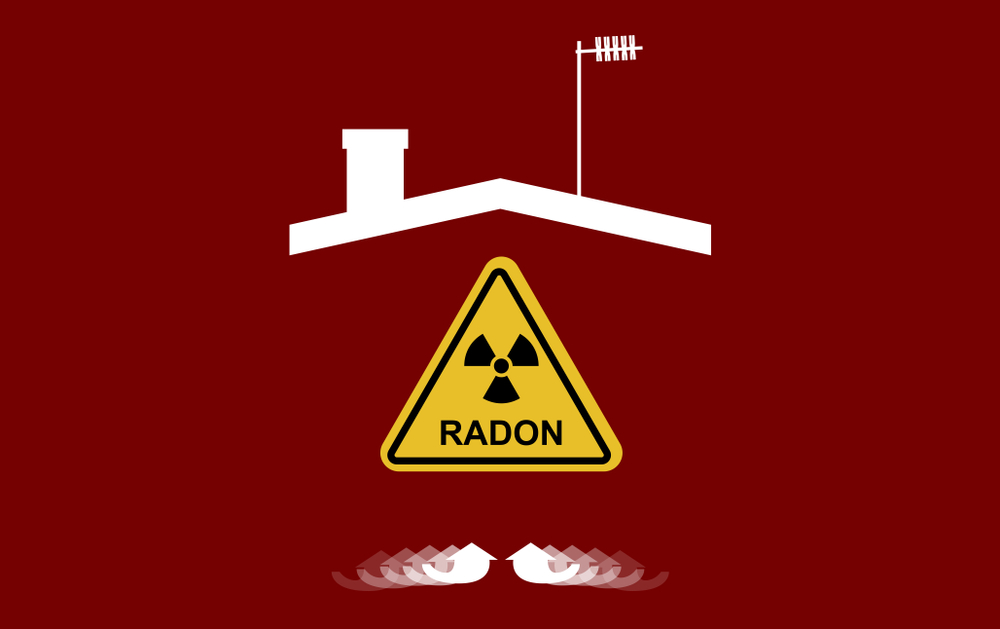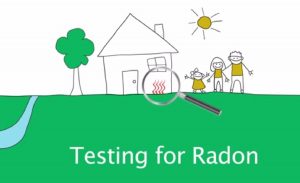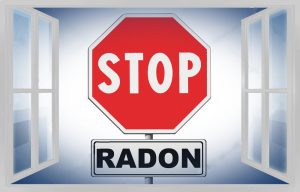In our everyday lives, we are surrounded by a myriad of gases and elements that are either harmless or potentially hazardous. Even outdoors, there are many naturally forming elements that are safe in trace amounts but dangerous in large doses.
The same is true while indoors, but there is a higher chance of gas accumulation inside homes compared to outdoors due to ventilation. Radon gas is a radioactive gas that is formed naturally through the erosion of radioactive materials like thorium in the ground below. This gas then enters the home through small cracks and openings in the property or through ground/well water and is unnoticeable due to its odorless and colorless nature.
Why is radon gas dangerous?
In small and short doses, radon gas is not yet dangerous to humans. However, if left unchecked, some areas of your home will continue to fill up with the ever-flowing radon gas. These gas particles will combine with dust and other small elements in the air, making it easy for humans to breathe in.
The more radon gas that is breathed in, the higher the concentration of these radioactive particles will be on your lung lining. These won’t affect you immediately, but if you continue to breathe the gas in indefinitely, lung cancer will begin to develop.
Radon-related lung cancer is the leading form of non-smoking-related lung cancer. If you’re a smoker or are around smokers, your chances of developing cancer are further increased. At least 20,000 deaths could be prevented every year if radon gas problems were dealt with quickly.
Because it cannot be easily detected and there are no immediate symptoms, it can be almost impossible to identify if your home has a radon gas problem. Keep in mind, research shows that at least 1 in every 15 homes in the US has dangerous levels of radon. As such, it is up to you to carry out your own radon testing from home or hire a professional radon contracting company like Atlantic Radon to inspect and fix the radon problem.
Steps to take to protect your health
Now that you understand the long-term implications of radon gas, let’s go through a few steps to help protect your family and make your property safe again.
- Purchasing a radon testing kit
If you’re unsure about radon levels at home and don’t have the time or money to hire a professional company, then your first step would be to purchase an off-the-counter testing kit. You can use this tool to determine whether or not you need a contractor to reduce radon levels.
According to global health guidelines, these are the measurements you need to look for:
- Anything between 2 – 4 pCi/L = There is some elevated level of radon gas. No need for immediate panic but would be best to contact a professional to take a look.
- Above 4 pCi/L = There is high exposure to radon gas in that location and you require immediate help to reduce radon gas inside your home.
- Opening the windows at home
This is a good way to help alleviate some of the gas buildups inside the house. Simply opening one window is not enough. You can use the radon tester to identify areas with high levels of radon gas and then open as many windows and doors in that area to allow the gas to leak outside.
This also allows fresh air to enter the house, encouraging more ventilation which is the best way to reduce radon gas levels. However, this will not solve your radon problem as this is a temporary measure. Radon gas is still entering your home from underground and leaving your windows/doors open throughout the night and day is not safe.
- Contacting a radon contractor
This is the best and easiest method to reducing radon gas levels at home. These contractors are professionals who are certified and have experience mitigating radon issues. They will visit your home, conduct a full inspection, and then recommend the best strategy to remove radon from your home.
For this purpose, they will install radon mitigation systems to prevent radon from entering your home. This will be a gas-permeable layer underneath your home to cover up the holes surrounding your property so that the radon gas will escape into the environment instead. Or changes will be made to the ventilation inside the home to ensure that there is constant airflow preventing radon buildup.
In the end, experts are the most capable of providing the best radon mitigation plan to make your home safe to live in again. Atlantic Radon has certified radon technicians who will provide you with a free mitigation estimate if you book an appointment with them. Protect your family’s health by installing the right radon mitigation system in your home today!




